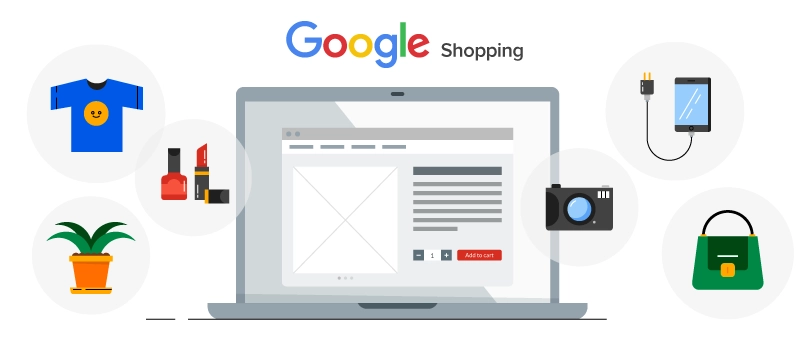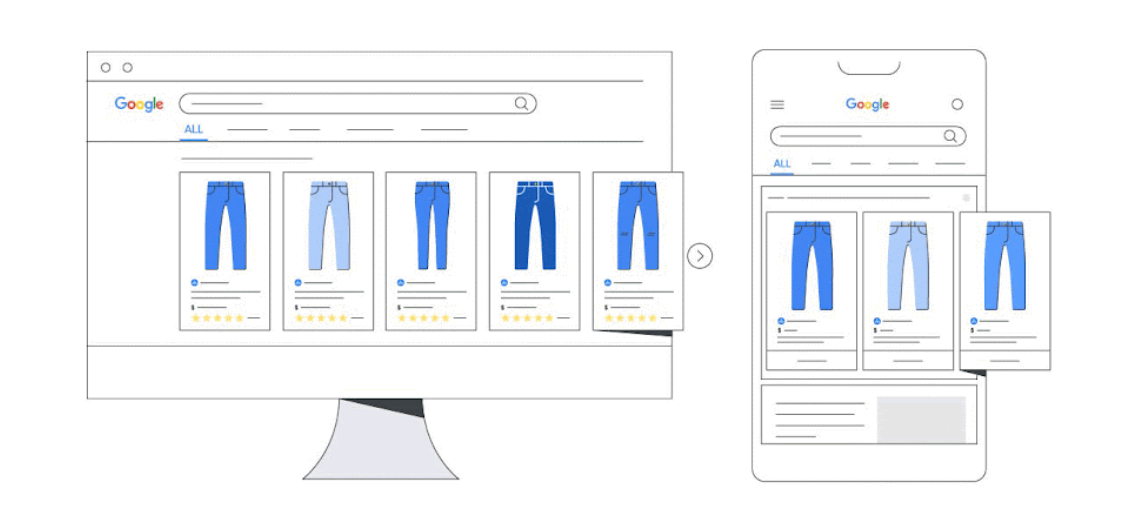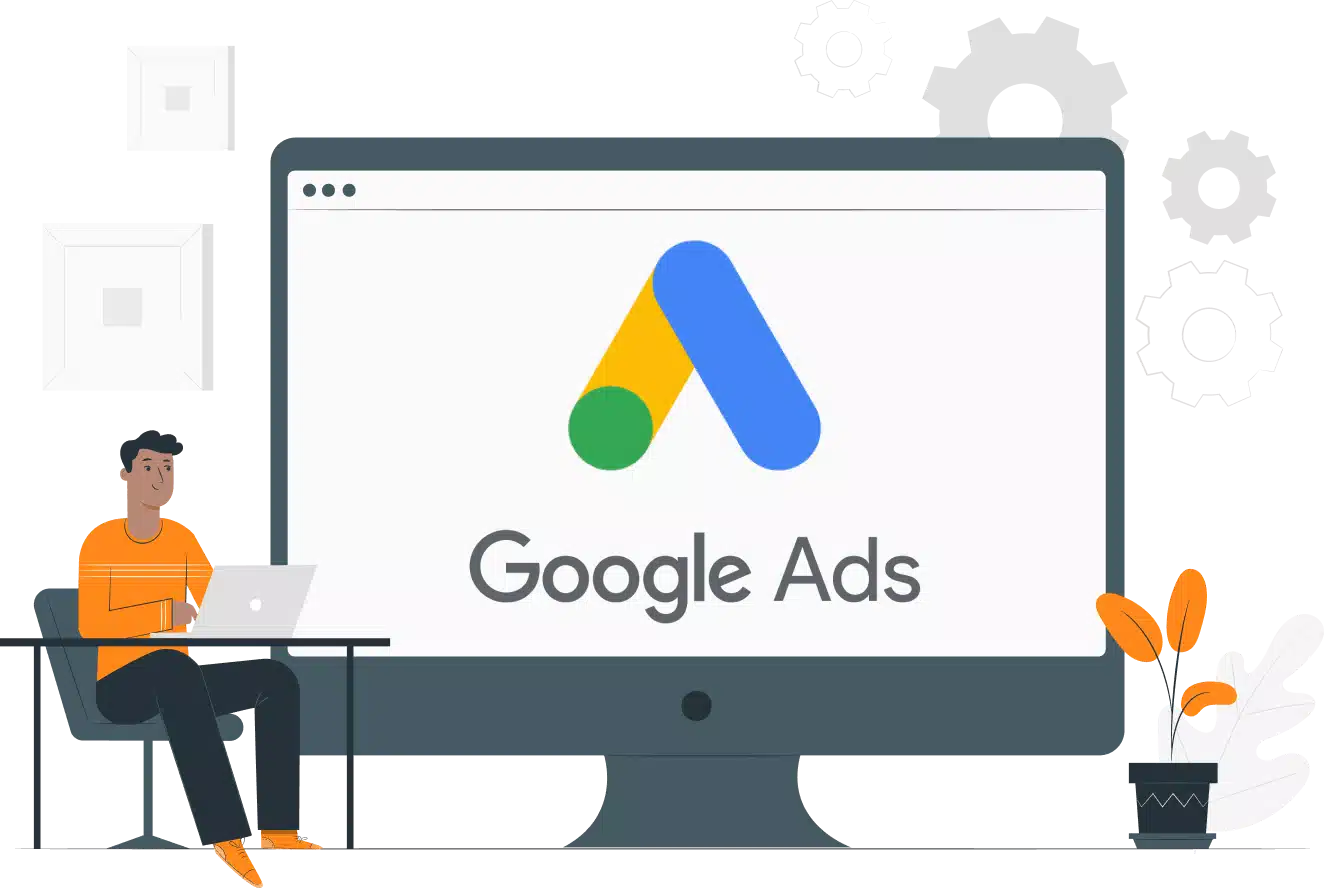How To Use Google Smart Shopping for Ecommerce Marketing
Google smart shopping uses the power of search engine optimization (SEO) and machine learning to get you across the finish line before your competition. This post will help you make an informed decision as to whether Google smart shopping should be included in your marketing plan or not. We'll also show you how it works, walk through some common use cases, cover some best practices, and give you an idea of when it's not worth implementing.
What is Google Smart Shopping?
Google Smart Shopping works by analyzing customers' search history and suggesting products they might be interested in buying based on the things they've already searched for. It can also recommend products based on customers' previous purchases.
The smart shopping Ads are now available to all merchants who use Google AdWords. These ads are similar to standard shopping ads, but Smart Shopping will automatically place bids and display the ads across different Google networks.
Benefits of Google Smart Shopping
Here are some benefits of google smart shopping campaigns for eCommerce businesses:
1- Easy to Set up
The key advantage of "Smart Shopping" is that it is very simple to set up and includes a variety of ad kinds. It allows marketers to swiftly increase their visibility throughout the Google Shopping and Display networks.
This is a straightforward approach to start advertising on Google without much effort for individuals who do not have the time to put up a comprehensive advertising plan or the money to hire an expert to do it.
2- Automated Bidding
Another significant advantage of Smart Shopping is its automated bidding techniques and machine learning. Although they are not specific to Smart Shopping campaigns, similar techniques can also be used in some of the other campaign categories.
Smart Shopping campaigns may save marketers time by requiring little to no manual tuning, and very quick and simple campaign development is a significant benefit. This enables marketers to spend less time making routine changes to their shopping advertising settings and more time concentrating on the strategic part of their business.
3- Automatic Optimization
To find trends that connect with online conversion value, smart shopping campaigns automatically evaluate data from inquiries, intent signals, basket size, and consumer preferences on brands and goods.
One of the marketing kinds that places the most emphasis on performance is smart shopping campaigns. But what does this imply for marketers? This describes how these campaigns maximize conversion value or target ROAS (Return on Ad Spend) within the daily budget that a merchant specifies.
Merchants can set up conversion monitoring for occasions like online transactions (one of the most popular), signups, purchases made over the phone, and in-store visits. Merchants can assess the campaign's effectiveness and choose future optimization steps thanks to conversion value and ROAS statistics.
Google Smart Shopping vs. Search Ads
The two ad kinds are managed by the Google Ads platform. They are intended to assist advertisers in bringing targeted visitors to their website who will convert into leads or purchases.
Both employ the PPC (pay per click) model, in which the advertiser only receives payment when a user clicks on their text or shopping ad. The advertiser decides how much they spend and how much they are willing to pay each click to stand out from the competition. The two ad kinds are comparable in this regard.
Automation, which uses machine learning to handle already-existing Shopping campaigns, is the key component of Smart Shopping. To offer you an idea, we've included some of the most significant distinctions between the two in the table below:
|
Google Smart Shopping |
Google Search Ads |
|
Initial setup is quick and totally automated. |
Full control over every facet of your campaign but longer setup time. |
|
No control over where your adverts are placed on networks |
able to choose network placement. |
|
a more specific geographic area |
Controllable location targeting |
|
There is no option to add negative keywords. |
adding negative keywords is possible |
|
saves time over time by requiring less maintenance. |
It takes longer to manage every component |
|
automatically checks the pairings of text and pictures |
Combinations of images and texts must be manually tested. |
|
One landing page (your catalog page) may only be used as a landing page. |
A number of landing sites for Multiple advertisements |
How To Set Up Smart Shopping Campaigns
Yous should follow Google's guidelines for this feature before turning on Smart Shopping. The most significant ones advise adding a global site tag and conversion tracking to your website. The standard Google Shopping terms and conditions must also be followed; aside from that, here are some step-by-step guides:
- Create a new Campaign in Google Ads after completing the abovementioned steps.
- Choose the objective you want (Sales, Leads, Website traffic, etc. )
- Choose "Campaign type": "Shopping"
- In the area under "Campaign subtype," choose "Smart Shopping campaign."
- Put the budget value here.
- Additionally, you may select the Smart bidding target.
- Follow the standard procedures by entering the name, uploading the product feed, and choosing a nation.
- It's ready when you click Save.
Remember that Google Smart Shopping campaigns receive more attention than standard Google Shopping campaigns. Google will prefer the advertisements from the Smart Shopping campaign to show to potential buyers if you are promoting the same items via both of them.
It is important to note that Smart Shopping uses a product feed that marketers submit through the Google Merchant Centre to build product advertisements. The normal shopping and standard dynamic display ad processes are the same.
Advertisers must establish a budget, an optional Target ROAS target, and a little creativity for the Display ad section to get these campaigns up and running on the Google Ads interface.
Before using these specialized campaigns, you need a few things:
- an Ads by Google account
- an account with Google Merchant Centre.
- an upload of a product data feed to your Merchant Centre account. This gives Google Ads the information it needs to produce ad descriptions.
- Conversion-tracking. You must install a remarketing tag on your website and configure this with transaction-specific settings.
- a clientele of at least 100 active users.
Best Practices for Google Smart Shopping Campaigns (How to Improve Performance)
You can begin once everything has been set up. Don't, however, rely solely on Google for everything. Although the AI system is reliable, you may always contribute little to the effort.
Here are some suggestions to ensure Google Smart Shopping produces top-notch outcomes:
1- Consider data integrity
The caliber of the available data will determine how well this method works. Google requires enough information about the past behavior of key performance indicators (KPIs). The availability of more data will improve your ROI. Furthermore, this data must be thorough, precise, and devoid of abnormalities that can influence the AI's judgment.
2- Use historical information to improve budget allocation
The software will work to maximize conversions while staying under your designated budget. Set your budget based on the historical data analysis of your past spending to discover what you have been paying thus far.
3- Use all products as a target Categorization
Utilize a single campaign to promote all of your items. The performance will be enhanced, and it will be simpler to compare data between products. Product categorization allows you to target particular audiences with your product ads. This aids Google Advertising in optimizing your ads to be shown to the most suitable audience.
4- Quality Rating
Google ranks ads according to criteria called Quality Score. Google considers various elements, such as ad relevance, the anticipated clickthrough rate (CTR), and user experience. These should be improved, and you should work to make your adverts more pertinent to your intended audience.
5- Play around with your return on advertising investment (ROAS)
Having a goal ROAS is an excellent idea. However, putting a ROAS number in your account can make it harder for you to use all of your money. You could find that Google smart campaigns can provide a greater conversion value by eliminating or lowering this.
6- Streamline the customer journey
This is when the customer is king. Many customers lack the patience to work through complicated, drawn-out sales procedures. You can provide a quicker, smoother conversion path by lowering the number of digital touchpoints. Your bounce rate and cart abandonment rate will go down as a result.
7- 'Landing Page Not Found' errors should be avoided
This is a serious mistake that will not only increase your bounce rate but also undermine the trust of your business. You may reduce this issue, so potential customers don't lose trust in your website or company by keeping an eye out for things like out-of-date links, broken URLs, and server breakdowns.
Learn More: Tips to Optimize Your Landing Page for Greater Conversions
8- Never Stop Testing
You should experiment with various options for Google Smart Shopping. Run several campaigns with varying parameters to identify what influences success or failure.
Optimize Ad spending with Automation
Many of the issues that e-commerce merchants face when managing multichannel marketing can be solved with help from tools like Convertedin.
The platform was designed for marketers who want to leverage data and shopper insights to inform their multi-channel campaigns to increase revenue and gain more loyal customers. If any of these issues are familiar to you and your business, you may want to consider investing in a tool like Convertedin. Request for a free demo now


